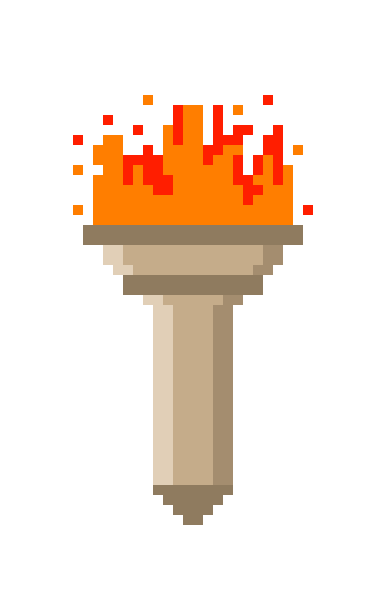Posted on June 25, 2025
A 125-Year Political History of Iran. Through the Eyes of Empire, Oil, and Revolution
Iran’s modern history isn’t just a timeline of local rulers and revolts — it’s a high-stakes geopolitical chessboard shaped by empires, oil, foreign coups, cultural movements, and the unrelenting will of its people. Dr. Roy Casagranda’s powerful lecture uncovers the buried roots behind Iran’s current political and economic tensions.
Let’s walk through the key turning points that explain how we got here — and what lessons history refuses to let us ignore.
1901: The Oil Deal That Sold the Country
The story begins with an opium-addicted monarch of the Qajar dynasty selling oil rights in southwest Iran to British speculator William Knox D’Arcy. The deal? Iran got 16% of the revenue. Britain got 84% — and full control.
This single contract led to the creation of Anglo-Persian Oil Company (later BP) and tied Iran’s fate to British imperial energy policy.
1906–1911: Iran’s First Democratic Dream — Crushed
Iran’s Constitutional Revolution gave birth to the Majles (parliament) and the hope for democracy. But Britain and Russia couldn’t afford a sovereign Iran that might revoke the oil deal.
So, they:
- Funded reactionary clerics,
- Invaded from the north and south,
- Crushed the movement by 1911.
The seed of democracy was planted — but it was poisoned by foreign interference.
1921–1941: Reza Shah and the Iron Modernization
Reza Khan, a Cossack officer, seized power and became Reza Shah, founding the Pahlavi dynasty. He sought to modernize Iran like Atatürk did in Turkey.
But instead of a republic, pressure from the clergy and Britain forced him to establish a monarchy.
He pushed infrastructure, education, and military reform — but with autocracy and little room for dissent.
1941–1953: A Second Chance at Democracy — and the CIA Says No
After Reza Shah’s forced abdication during WWII, his son, Mohammad Reza Shah, ruled. But the real spark came with Prime Minister Mohammad Mossadegh, who:
- Nationalized Iran’s oil,
- Expelled the British,
- Shut down their embassy to block sabotage.
The U.K. begged the U.S. to intervene. Truman refused. Eisenhower didn’t.
In 1953, the CIA and MI6 overthrew Mossadegh in Operation Ajax, using bribes, riots, and propaganda. Iran’s fragile democracy was destroyed. The Shah returned — backed by Western guns and oil.
1953–1979: The Shah’s Tyranny and the Rise of Revolution
With CIA support, the Shah launched the White Revolution — land reform, women’s rights, education. But also Savak torture, censorship, and corruption.
Westernization became whitening. Iran was dubbed “Little America,” while poverty and alienation grew.
Eventually, opposition exploded. The Shah fled. And in 1979, the people took the streets.
1979: The Islamic Republic Rises — And the Left Is Crushed
At a revolutionary crossroads, Iran could’ve become socialist or Islamist. The U.S., fearing Soviet influence, quietly supported Ayatollah Khomeini over leftists.
Islamists purged the communists and army elites. The Islamic Republic of Iran was born, merging theocracy with revolutionary nationalism.
1979–Present: Resistance, Repression, and Repeat
The U.S. embassy hostage crisis, the Iran-Iraq War, sanctions, nuclear tensions, and failed reform movements define the post-revolution decades.
Yet despite state repression and Western isolation, the Iranian people have never stopped pushing for dignity and change.
Key Takeaways from Casagranda’s Talk:
- Foreign powers repeatedly sabotaged Iranian democracy — from Britain in 1906 to the CIA in 1953.
- Iran’s rulers — both monarchist and Islamic — have used modernization as a tool for control, not liberation.
- The current system was shaped by oil politics, Cold War paranoia, and internal power struggles.
- The Iranian people’s fight for self-determination has never died, despite every betrayal.
Final Thought:
To understand Iran today, you must understand what was stolen from it — and who keeps trying to prevent it from standing on its own.
source:
https://www.youtube.com/watch?v=4CsJPrHcaBs
Summarized by AI, Not reviewed and verified by a Human.

